I cut my teeth as a wildlife biologist out in the North Maine woods fighting mosquitoes and black flies, often times shivering in the winter cold or sweating in the humidity of the summer. I always seemed to be covered in poison ivy with bruised shins from running around in the maze of dog hair fir and wind toppled trees that is the Maine woods. Somehow I found my way to a polar opposite environment; the hot, dry and often sparsely vegetated southwest. I have been working as a wildlife biologist in California for over seven years now. Although my current position as a Natural Resource Specialist does involve a bit more arm-chair sitting I still get to get my hands dirty and my brow sweaty.
I recently was able to assists with a western pond turtle trapping project in a very remote canyon somewhere in the Palomar range. There are not many places left on this side of the country were there are no trails, no roads, no easy access to beautiful things. If you look hard enough though you can always find the well-worn skinny trail of a mule deer or coyote. We followed narrow game trails down through thick chaparral towards the steep walled canyon. Every ridge line we could possibly follow suddenly dropping steeply down into the deep open maw of the ravine. We slid down loose dirt to reach the canyon floor puffs of the rising dust announcing our presence to any creatures that may have been looking our way.
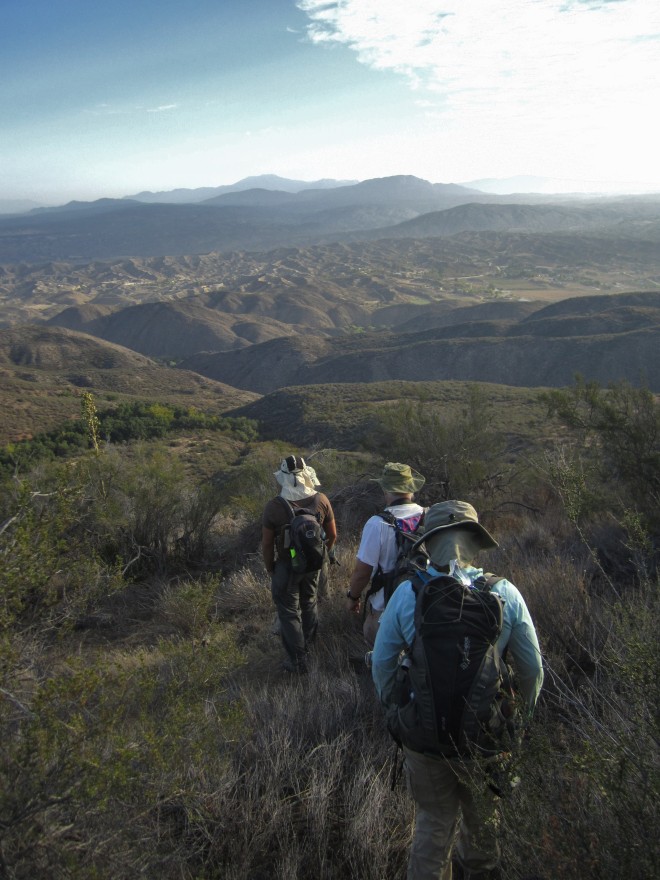


In order to find turtles you must first find water, and finding water during a drought in southern California is always a tenuous task. We followed the canyon upstream for a ways passing a few wet depressions filled with rotting vegetation and thick black odorous sludge. We finally came to a pool that was waist deep. Turtle hunting in murky water requires the finesse of small little fingers and toes; wriggling around in the mud, under the banks and vegetation searching for the smooth hard shell of what could only be a pond turtle. As I searched with my hands under a thick mat of roots I felt a hard object move under my fingers, little claws dug into my palm as I pulled the pond turtle out of its aquatic refuge.I will never grow tired of the site of a pond turtle.
The southern western pond turtle, Actinemys pallida is the only native fresh water turtle in southern California. The population of pond turtles is in a steady decline in most of its range and it is a California Department of Fish and Wildlife species of special concern. Habitat loss due to development, competition and depredation by invasive species are the downfall of many native species and the western pond turtle is no exception. Maintaining breeding populations of pond turtle is mandatory to the survival of the species. Finding successfully breeding populations gets tricky. Along with any native predators, hatchling turtles also have to run a gauntlet of bull frogs, crayfish, and large non-native fish including bass and bullhead. It is no wonder with the plethora of invasive species in Southern California waterways that the pond turtle populations are suffering. Which brings us back to the canyon, steep, remote and extremely hard to get to for humans and invasive species, the perfect place to find a breeding population of western pond turtles.
We worked our way further up the canyon stopping and searching pools along the way catching and processing turtles as we went; taking body measurements, pictures and releasing them. To our excitement, we captured young of the year and found old nesting sites, we had confirmed successful breeding and that is great news. When the skies started to darken and we could hear thunder in the distance we all got a bit nervous; there had been flash flood warnings for most Riverside county Mountain ranges and the Palomar had storm cell sitting right on top of it. Some stretches of the canyon would allow relatively easy escape; we took note of possible exit routes and moved a little faster in areas where the steep side of the canyon closed in on us creating a virtually inescapable walls of metamorphic rock.
Then the sky opened up and fat drops of rain came screaming down. When the lightning and thunder were right over our heads, the sounds of the storm echoing though the canyon, perhaps we should have been concerned. Instead we made ourselves busy catching a treasure trove of turtles hiding in a small sand lined pool. As the rain filled the divots and cracks in the bedrock around us we sat and processed the turtles. The storm was ferocious but only lasted a few minutes. As we walked out back down the canyon the rock was already drying under our feet.
The hike out of the canyon was steep and required the use of hands and feet in some areas. The rain held back the dust and the damp sage scrub smelled fresh and bright. After a couple of hours of hiking we made it back to the truck, tired but feeling accomplished. Many a turtle was caught and documented, a relatively untouched corner of the world explored. It is good to know there are still wild places out there, and I am thankful I was able to visit this one.
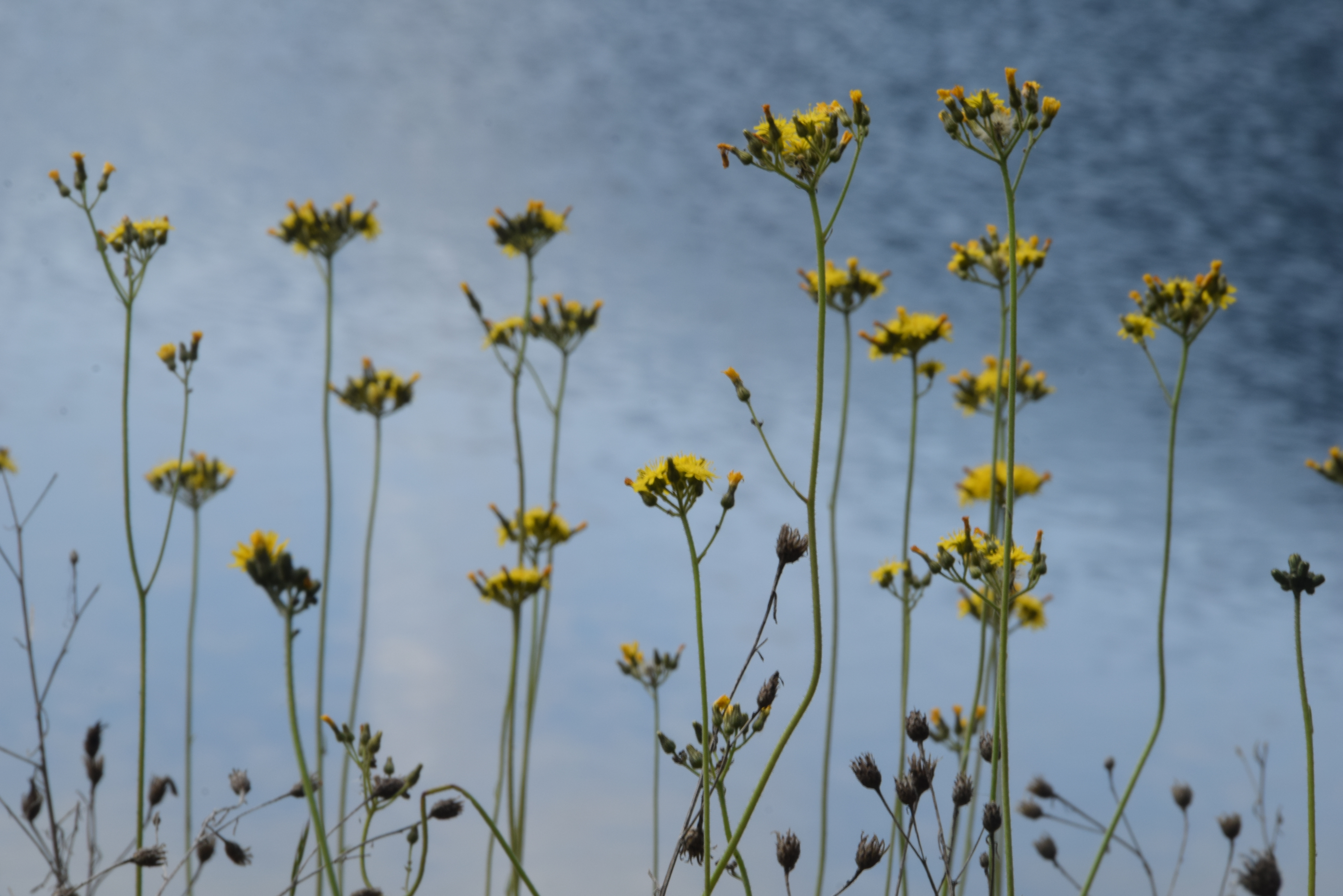


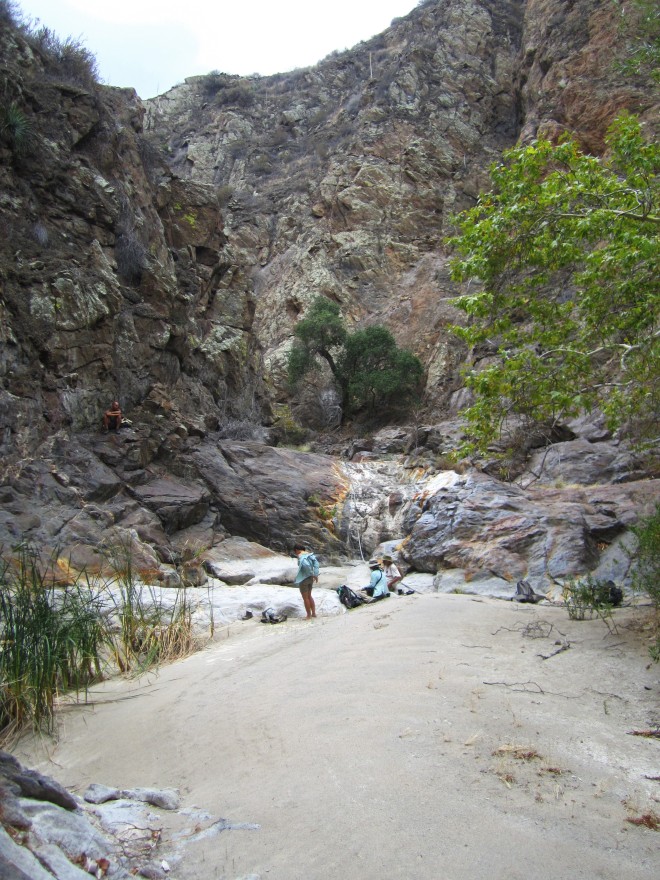









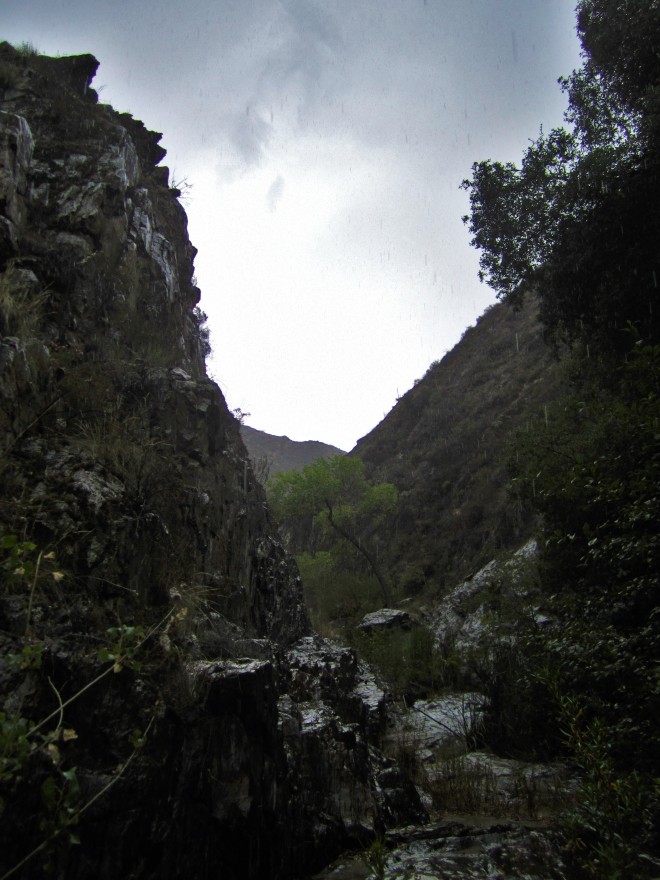
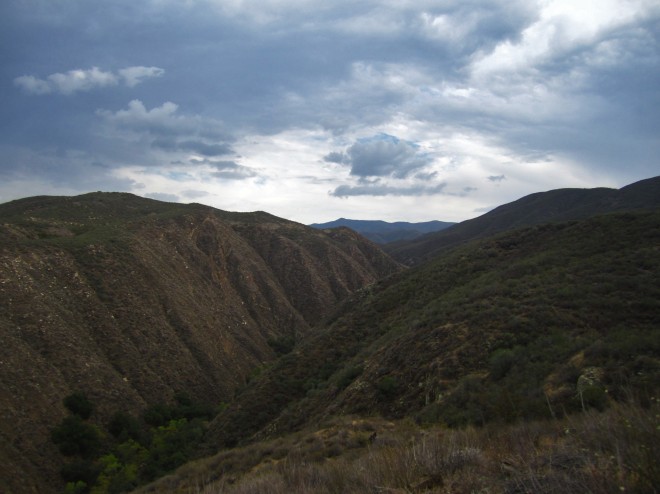
2 responses to “Notes from the field- Western Pond Turtle”
Adorable little guys! I hope they don’t go extinct.
LikeLike
Wonderful adventure shared with vivid description! Felt like I was there myself! Keep writing and taking photos Betsy!
LikeLike